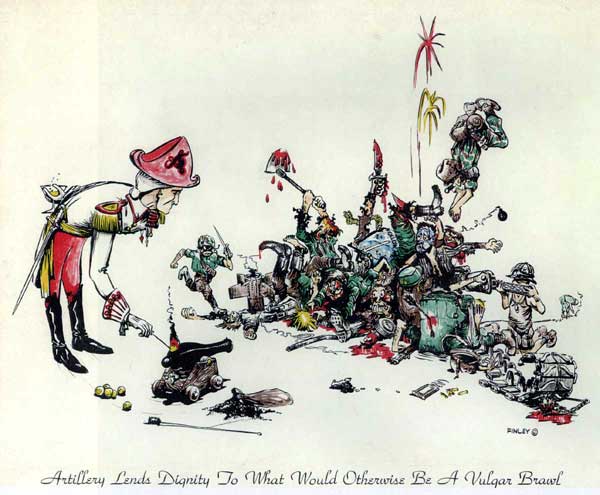The GCV Infantry Fighting Vehicle is not a simple competition among existing vehicle types, though the global armored vehicle industry could easily have offered that. Instead, it was decided to run GCV as a clean sheet design for a new armored vehicle that would incorporate all of the lessons learned in Iraq, Afghanistan, etc.
“All” can be a dangerous goal for a military that needs on-time, on-budget, reasonably priced solutions. The initial GCV RFP resulted in design submissions that were reportedly in the 60-70 ton range. That’s almost double the weight of a 33 ton Bradley family vehicle, or of new designs like Korea’s K-21 KNIFV; and 50% higher than even heavy IFVs like Germany’s Puma and Britain’s FRES-SV. Indeed, it’s equivalent to a heavy main battle tank like the M1 Abrams.
The August 2010 GCV RFP cancellation resulted in a new RFP that emphasized use of “mature” technologies, but didn’t change some of the key requirements driving issues like weight, size and cost. Nor did it change the Army’s insistence on big performance increases in a number of areas.
Under the terms of its revised RFP, the GCV Program is driven to achieve a set of primary imperatives called the “Big Four”. These “Big Four” imperatives are defined as follows:
- Force Protection: Including protection against IED land mines. This is not a traditional strength of tracked vehicles lighter than main battle tanks, due to their flat bottoms.
- Capacity: vehicle crew and a fully-equipped 9 soldier Infantry squad. That’s relatively large. The Bradley carries just 6, and survivability needs and “space under armor” are the 2 requirement sets that do the most to determine vehicle size and weight. Which in turn affect costs.
- Full Spectrum: “A versatile platform able to adapt and/or enhance capabilities through configuration changes of armor and network while providing for growth over time in terms of size, weight, power and cooling.” This has been a steady trend in current IFVs over time, including the Bradley.
- Timing: A design that can have the 1st production vehicle delivered and accepted within 7 years of the TD phase contract award.
Under the revised September 2010 RFP, some requirements were “Tier 1”: specifically defined, and must be met. Tier 2 and Tier 3 requirements must be addressed, but the vendors are responsible for making tradeoffs among them. Vendors that DID talked to believe this left the Army with better solutions than they would otherwise have received.
Much more at the link. Go read.
By: Brant


























